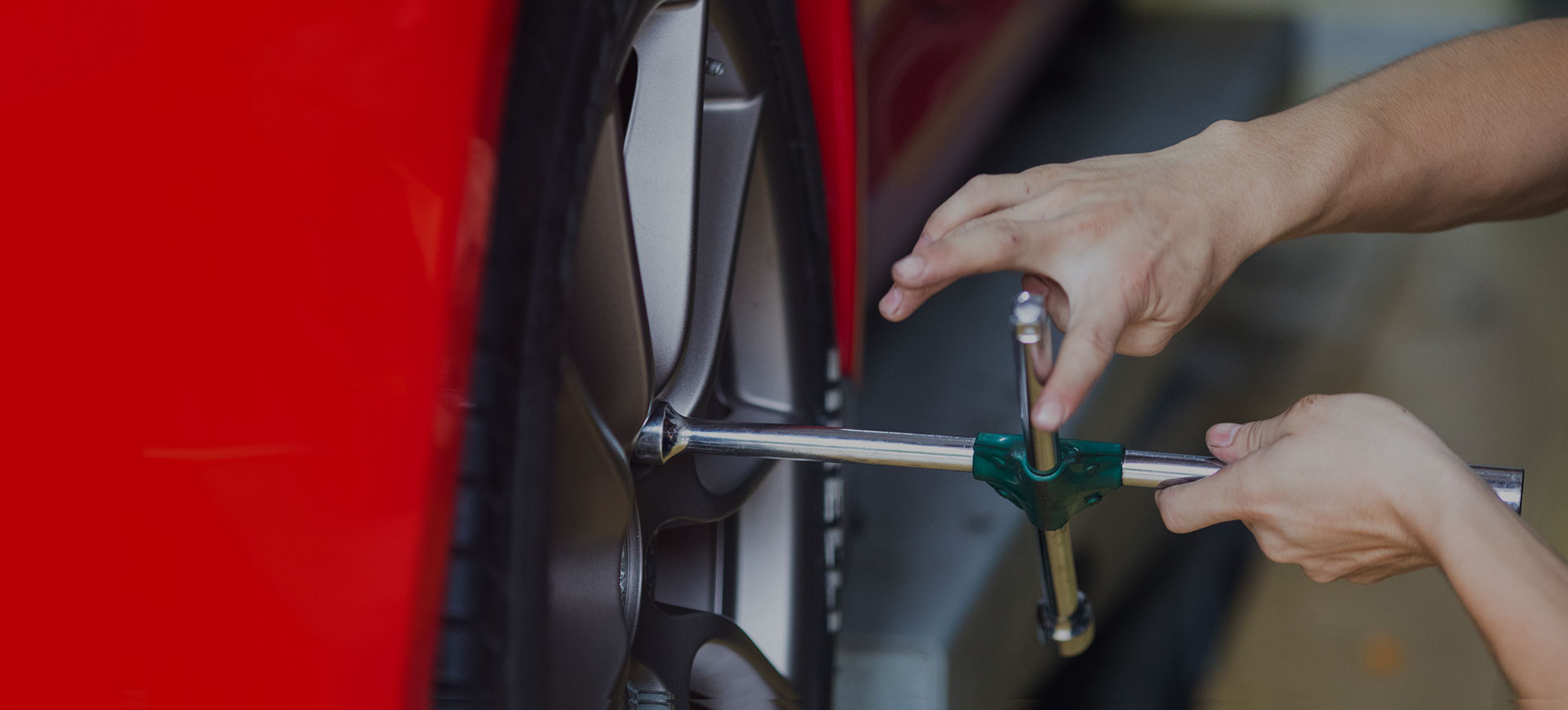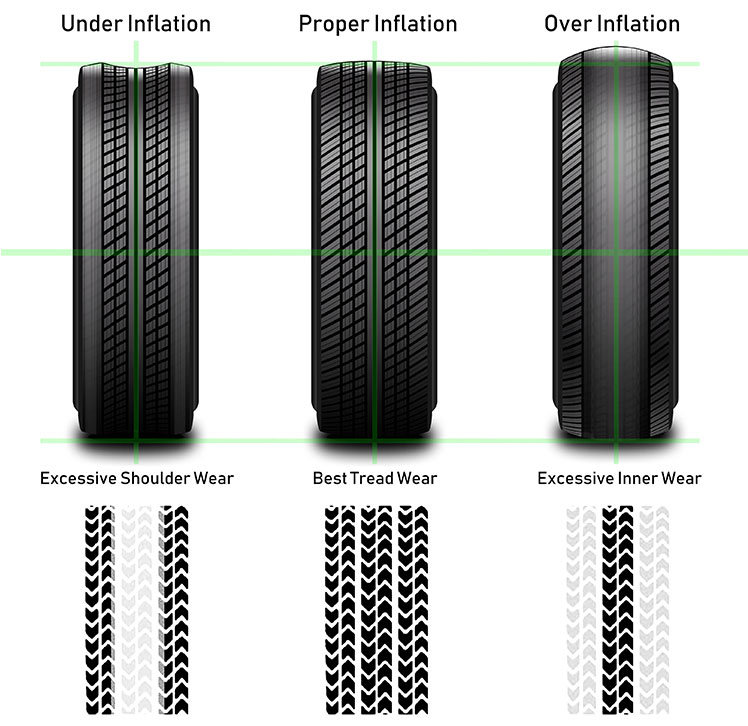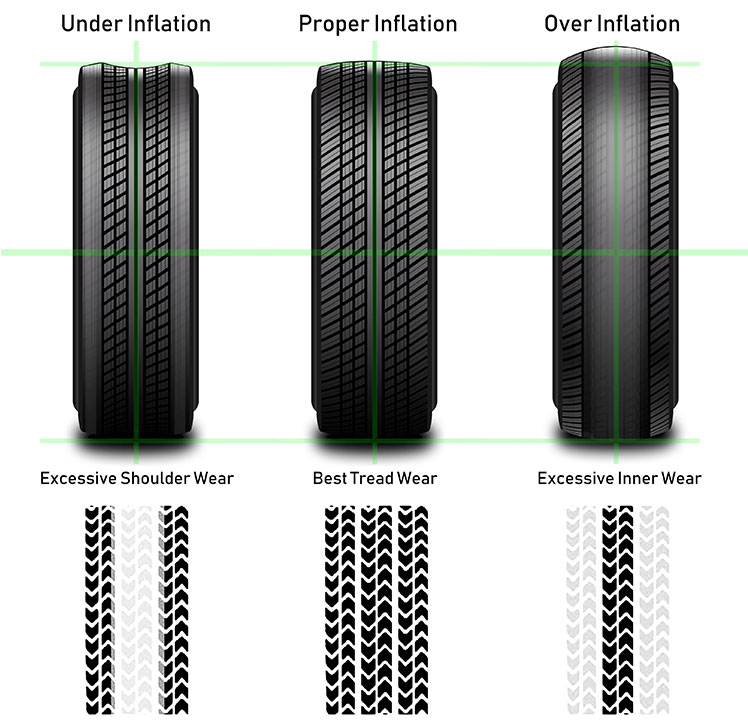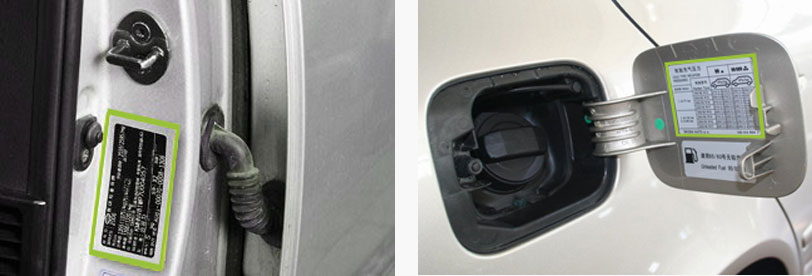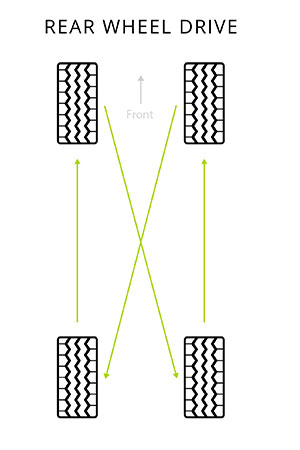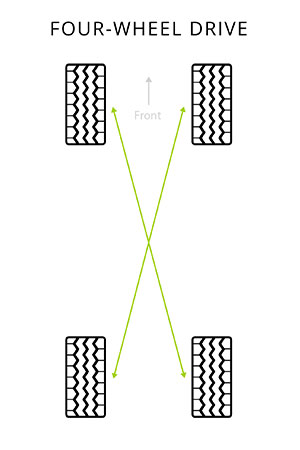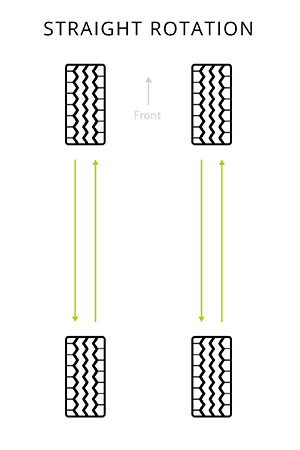Under inflation causes increased stress in the sidewalls and tread area which can result in irregular wear, aquaplaning, poor fuel economy and change in vehicle handling stability.
Over inflation causes increased stress to internal materials which can result in premature failure, poor traction and change in vehicle handling/stability.
Driving on underinflated or overinflated tyres compromises any or all of the following.
Stopping distance: Properly inflated tyres maximize tread contact with the pavement, and traction along with it. Stopping with improperly inflated tyres takes more distance to stop the vehicle in an emergency situation.
Ride and handling: When the tyres have too much air, they're overly rigid, which means they don't absorb as much impact, so the car rides rougher and suspension components wear faster. An overinflated tyre's tread may crown, allowing only the center portion to contact the pavement, which decreases traction. When the pressure is too low, the ride might be softer, but the tread may not meet the road uniformly.
Fuel economy: Underinflated tyres greatly reduce fuel economy.
Treadwear: Along with the traction decrease that comes with over-inflation, it also causes the tread to wear more quickly in the center. Underinflation causes wear closer to the sides and allows more heat buildup, speeding wear.
Load bearing: Each tyre is rated to carry a maximum amount of weight at a prescribed tyre pressure. Some cars specify a higher pressure for greater loads. At best, a tyre that's underinflated for the load at hand will suffer the problems detailed above. Extra heat generated in the tyre can cause it to fail even if it had held up under a lighter load.


